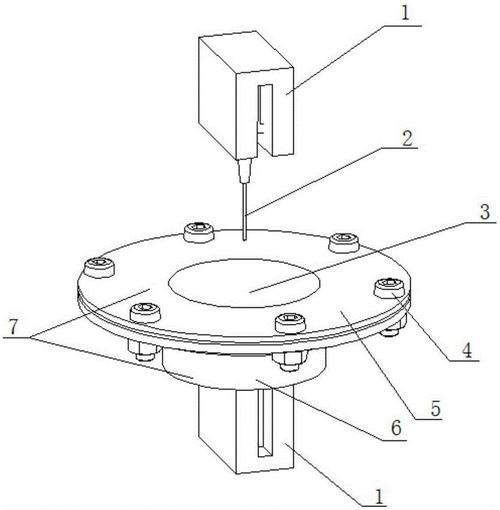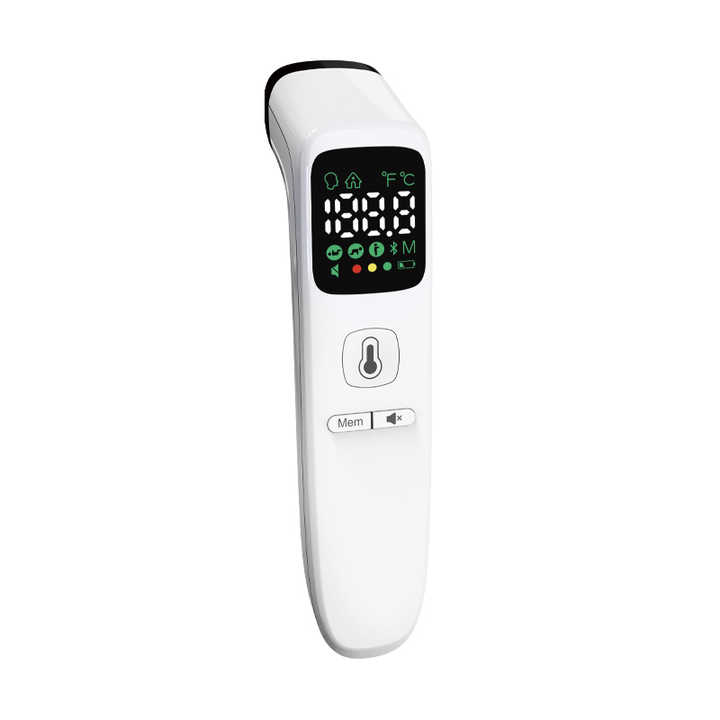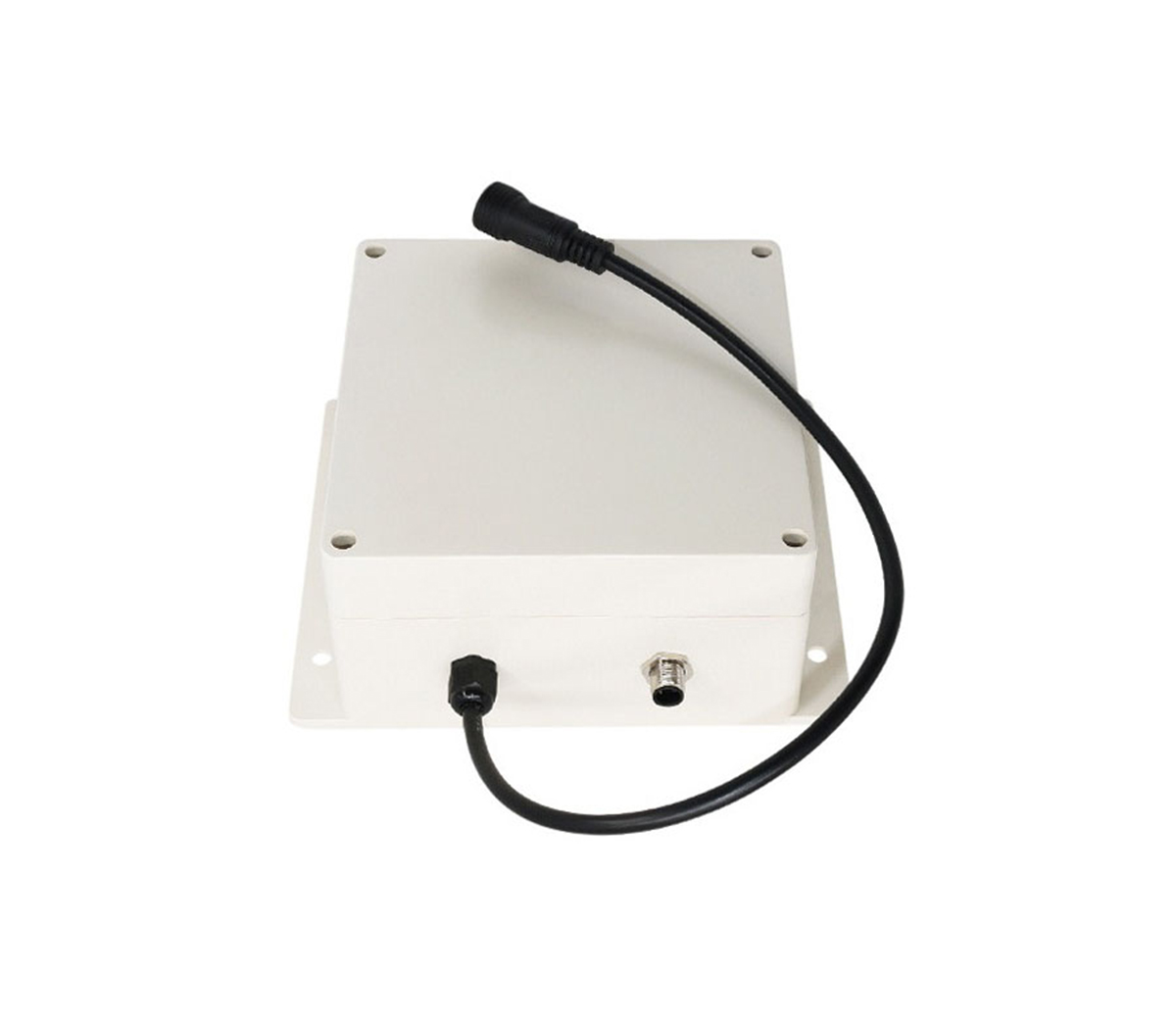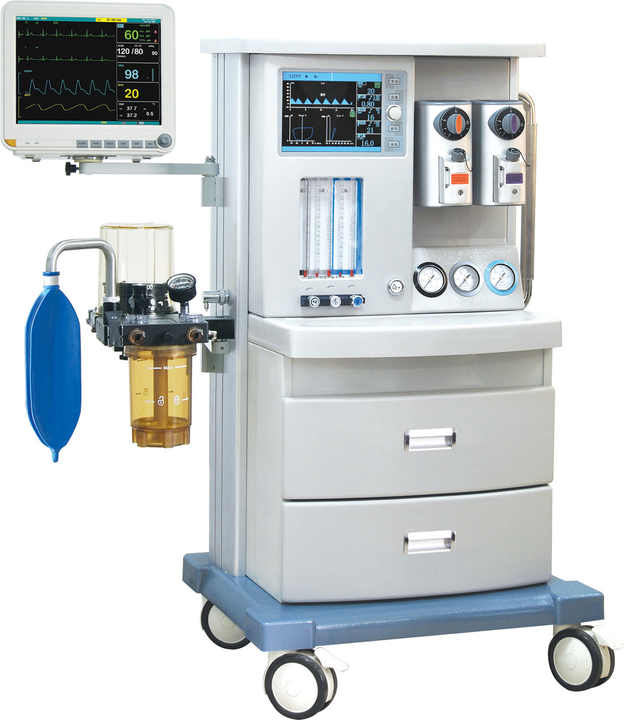
In modern electronic systems, data processing speed is getting faster and
faster, data flow and storage space are getting larger and larger, system
stability and reliability are getting higher and higher, while the volume of
electronic equipment is constantly decreasing, the integration level is
increasing, and the power consumption is increasing. Keep decreasing.
Green, environmental protection, high efficiency and energy saving have
become the mainstream and trend of contemporary electronic system development.
In modern electronic systems, data processing speed is getting faster and
faster, data flow and storage space are getting larger and larger, system
stability and reliability are getting higher and higher, while the volume of
electronic equipment is constantly decreasing, the integration level is
increasing, and the power consumption is increasing. Keep decreasing. In
particular, modern handheld portable devices and remote control devices require
not only high integration and small size of the electronic system, but also low
power consumption of the entire system. The battery has a longer standby time
under the same size and power consumption. The appearance of electronic
equipment has become simpler, and terminal products have become smaller and
exquisite, and integrated circuit manufacturers need to design more compact and
small packages. As the number of processors, memories and other integrated
circuits in the system continues to increase, more heat is generated, making
thermal management very important in system design. These factors have brought
more challenges to integrated circuit manufacturers and electronic design
engineers.
1 Development trends and types of power supply technology
1.1 Development trend of power supply technology
Modern power supply started with silicon rectification technology in the
late 1950s and early 1960s. Its development has successively experienced the
rectification era, the inverter era and the frequency conversion era, which
promoted the application of power supply technology in many emerging fields. In
the late 1980s and early 1990s, the power semiconductor composite devices
represented by power MOSFETs and IGBTs, which integrate high frequency, high
voltage and large current, were developed in the late 1980s and early 1990s,
indicating that traditional power technology has entered the emerging era of
modern power technology.
The development trend of modern power supply technology:
①Green and miniaturized. Low power consumption, low pollution, low current,
high efficiency, and high integration have become the mainstream of modern power
supply technology. The development of power supply technology also depends on
the development of electronic components and integrated circuits.
②Modular and intelligent. Power supply technology modularization includes
power unit modularization and output unit modularization. The new switching
power supply integrates its power switch tube and various output protection
modules, which further reduces the size of the switching power supply. The
output voltage stabilizing circuit is modularized, which makes the power supply
more flexible, convenient and intelligent in practical applications.
③Digital and diversified. With the development and maturity of digital
technology, modern power supplies are more digitized. The use of digital
technology can reduce the high frequency harmonic interference and nonlinear
distortion of the power supply, and at the same time facilitate the digital
control of the CPU.
Modern power supplies have good EMC characteristics, and the high-frequency
harmonic power generated by themselves is gradually reduced, which reduces the
"pollution" to the environment and at the same time enhances the
anti-interference performance of the power supply itself.
1.2 Power supply category According to input-output status classification:
AC-AC, AC-DC, DC-AC, DC-DC.
Classified according to working status: linear power supply, switching
power supply, diode stabilized power supply.
According to the same load connection voltage stabilization method
classification: series type stabilized power supply, parallel type stabilized
power supply.
According to the output voltage adjustment method classification: fixed
output power supply, adjustable power supply. With the development of power
supply technology, the classification and definition of power supply are
becoming more and more blurred. For example, LA76810 TV receiver integrated
audio power amplifier AN5265 uses 9V DC power supply, while the TV receiver does
not use 9V DC direct output or voltage regulator block 7809 output, but uses
7812 output and then is stabilized by a 9V voltage regulator diode and supplied
to the integrated circuit powered by.
For fixed power supply and adjustable power supply, 78 series and 79 series
are fixed voltage regulated output integrated circuits commonly used by
electronic engineers, and 317 and 337 are commonly used adjustable voltage
output integrated circuits. And now 1085 can be 3.3V output, it can also be 1.7V
output, only need to change the peripheral resistance of the integrated
circuit.
The switching power supply has occupied the power supply market with its
small size, high efficiency, loop PWM control, output short circuit and overload
protection. The linear power supply has completed its mission and gradually
withdrew from the stage of history.
2 Low power management strategy
With the development of IT technology, the electronic information industry
has transitioned from the analog era to the digital era, from the era of
separated transistors to the era of integrated circuits, and from pure hardware
circuits to embedded systems with a combination of software and hardware and a
reduced operating system. With the rapid development of digital technology, the
requirements for low energy consumption in electronic systems are becoming
higher and higher. Electronic engineers have come up with various solutions and
strategies.
(1) OPU low power consumption strategy
In order to reduce system power consumption, modern CPUs support power
low-power management module APM (Advanced Power Management), advanced
configuration and power interface ACPI (Advanced Configuration and Power
Interface), both in software and hardware, through digital cores for multiple
power conversion modules and external components Control with internal
communication interface to provide higher system performance, reliability and
lower power consumption; to innovate and use APM and ACPI, and introduce the CPU
system core and I/O, especially embedded systems and FPGA system.
For example, FPGA system power consumption generally depends on the
following factors: internal resource usage frequency, operating clock frequency,
output change frequency, wiring density, I/O voltage, etc. The actual power
consumption of different application power supplies varies greatly. Depending on
the FPGA series used, the core and I/O power supply voltages are different, it
may be 3.3V, 2.5V, 1.8V, and 1.5V.
(2) Static and dynamic power supply low-power strategy
Static power strategy refers to the power low-power management technology
during the initialization process of the system, and its function and management
mode are determined with the initialization of the system. The dynamic power
strategy refers to the low power consumption technology during CPU operation.
Adjust the program running frequency, increase the CPU running speed when the
system is busy, and put the CPU in sleep when the system is idle; reduce the
average current and voltage of the I/O port, and reduce the power supply time
when the current and piezoelectricity remain unchanged, thereby reducing system
power Consumption.
The static power management strategy is determined during the
initialization process, which has great limitations in practical applications;
while the dynamic power management technology dynamically controls the energy
consumption of the entire system during the program running process, and adopts
various measures to reduce power consumption, which is more widely used.



































